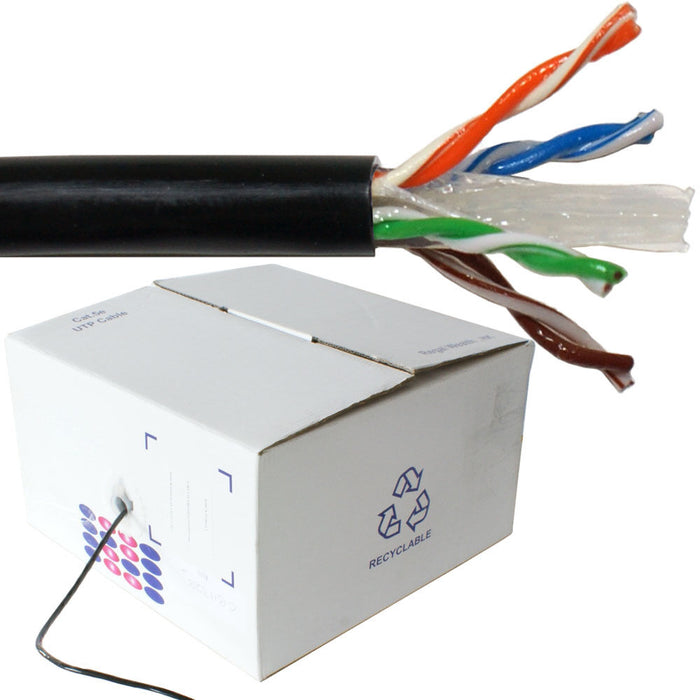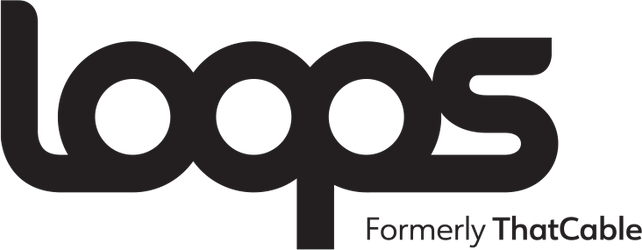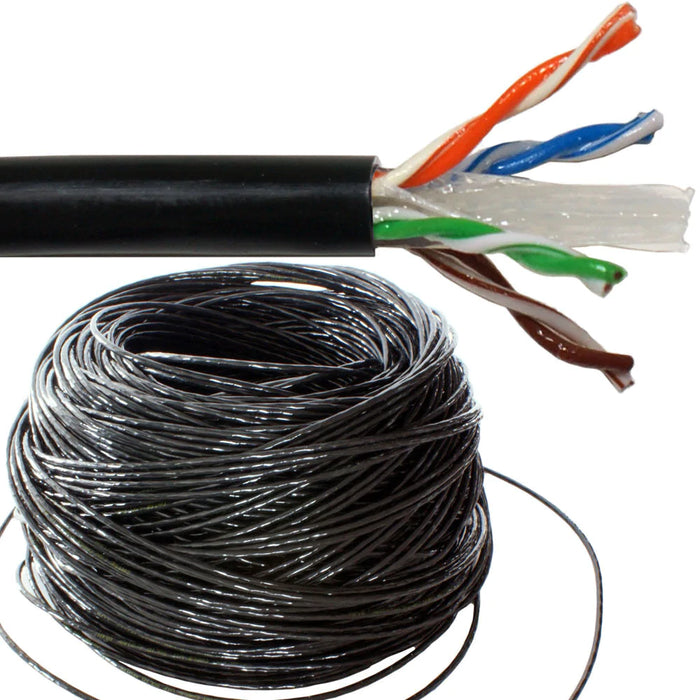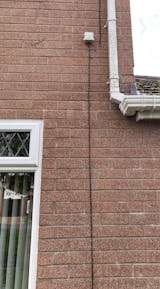
Outdoor CAT6 Network Cable Reel Drum Copper External Ethernet LAN UTP RJ45
BUY ANY 3 ITEMS & GET 5% OFF. ENTER "BUY3" AT CHECKOUT.
Category 6 UTP Reel Outdoor Rated Cable - Pure Copper - Gel Filled
Uses - This cable is commonly used for networking and AV installations. It can be cut to length and fitted with RJ45 CAT6 connectors (also called 8P8C), the standard PC networking connector. If you plan to fit these yourself, you will also need a RJ45 crimping tool, which we also supply.
Made From - Pure copper conductors, this cable has been tested and is certified to CAT6 specification so is fine for use over longer distances.
Colour - Black
Outdoor protection - This particular variation on CAT6 cable is designed for outdoor usage, and as a result, comes with high density polyethylene insulation, designed to offer the core protection from cold and damp conditions. Should the cable be exposed to sunlight, the insulation is also UV resistant, where standard PVC insulation would decay. This layer of insulation also means this cable is more suitable for being installed in the ground. The inner conductors are covered in gel to increases the cables resistance to water.
Ease of use - To make measuring easy the cable is marked at 1 metre intervals.
Technical Features;
Quality CAT6 4 pair network cable
External Diameter 7mm
Unshielded Twisted Pair (UTP)
Conductor resistance:≤70 Ohm/KM
Insulation resistance:≥ 5000M Ohm/KM
Testing voltage: Wire/wire 50Hz 1Min = 1.5KV
Suitable for up to 1000Mbps
Suitable for distances up to 100m/328ft if used for networking purposes.
This cable can be used for 10Gbps networks at reduced lengths, usually it would have a maximum length of 37 -55m depending on how much crosstalk there is around the cable. If you need to go over this distance, we recommend our CAT6A cable.
Wiring – Depending on the application in which you hope to use it, the cable can be wired in both the ‘straight through’ or ‘cross-over’ configurations.
'Cross over' cables are usually used for connecting 2 computers directly to one another, without the use of a Hub or Router. They use 568-A wiring at one end, and 568-B at the other.


